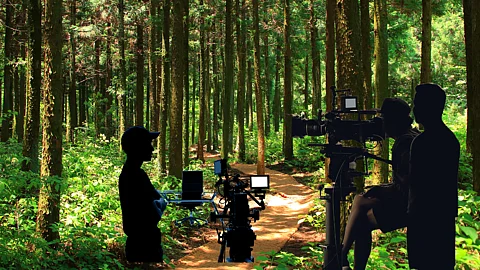

The Kerala High Court has ruled that commercial film shootings cannot be allowed inside wildlife sanctuaries, national parks, tiger reserves or any other protected forest areas without statutory approval. The court clarified that such activities, even if allowed through earlier government orders, must be backed by actual law.
The verdict was delivered by a division bench of chief justice Nitin Jamdar and justice Basant Balaji in a case relating to the 2018 filming of Unda, a Malayalam movie starring Mammootty. The shooting allegedly caused environmental damage inside a forested area, triggering legal scrutiny.
During the proceedings, the Kerala Forest Department produced a government order issued on March 30, 2013, which allowed commercial and documentary film shoots in forest areas upon payment of prescribed fees. However, the court found this insufficient.
According to the bench, the 2013 GO lacks the force of law and therefore cannot be used to justify or permit commercial activities in protected zones governed by the Wildlife (Protection) Act, 1972.
“The Government Order dated March 30, 2013, issued by the State of Kerala does not have the force of law to permit commercial filmmaking and commercial television serials in wildlife sanctuaries, national parks, and tiger reserves,” the Court stated.
The case stemmed from a petition filed by Angels Nair, who claimed that the 2018 filming of Unda inside a sensitive ecological zone had violated existing wildlife protection laws. She argued that the lack of statutory approval for such activities posed a serious threat to forest ecosystems and called for judicial intervention to prevent further damage.
Appearing in person, Nair was assisted by advocate Manu Vyasan Peter in the case. The State was represented by special government pleader TP Sajan.
Following the ruling, the court directed the Kerala government to issue new instructions to forest officials to ensure that no film shoots are permitted in wildlife-protected areas unless the activity is backed by proper legal authority. The bench emphasised that compliance with this order must be strictly monitored.
The court clarified that the government has the option to amend existing laws or frame new policies in the future to allow filming in protected areas. However, it also warned that any such changes would still be subject to judicial review.
This means even if the law changes, the legality of permitting film shoots in wildlife sanctuaries could still face legal challenges if contested in court.